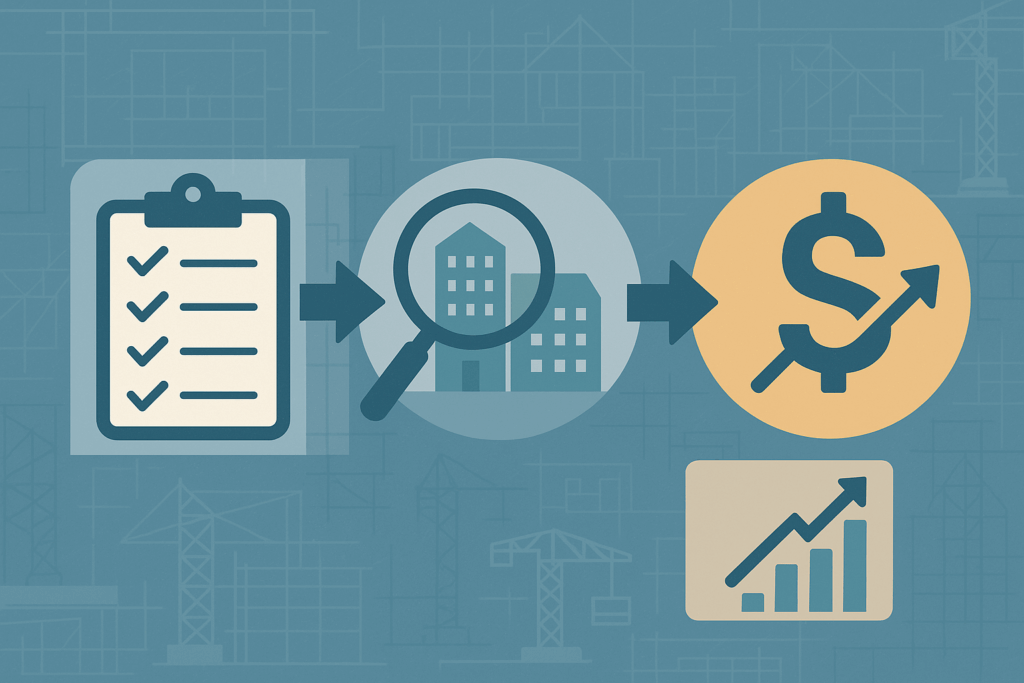
The Hidden Tax Strategy Every GC Should Know About When Building for Investors
If you’re a general contractor working with real estate investors, there’s a tax strategy that could quietly save your clients hundreds of thousands of dollars.
It’s called cost segregation, and while it’s handled by CPAs and tax engineers after the build is complete, the groundwork for maximizing its value often starts during construction. The more aware you are of how it works, the more value you can deliver to your investor clients.
What Is Cost Segregation?
At a high level, cost segregation is a method of accelerating depreciation on certain components of a building. Instead of writing everything off over 39 years (for commercial) or 27.5 years (for residential), investors can break out components that qualify for shorter recovery periods—like 5 or 15 years.
Think: lighting, flooring, cabinetry, landscaping, and even parking lot striping. These all depreciate faster and can be deducted sooner, which dramatically improves cash flow in the early years of ownership.
Why Should GCs Care?
Because the detail you provide during construction can directly impact how much your client can deduct.
Too often, we see buildouts lumped into single-line items on invoices or pay apps. Something like “Tenant Buildout: Suite 203 – $180,000.” That may be enough to get paid, but it’s not enough for a tax team to break out the different asset classes.
On the flip side, when GCs itemize their work—listing out components like millwork, lighting, flooring, and electrical—a cost segregation specialist can more easily assign the correct tax treatment. That small step can be worth six figures in tax savings.
A Real-World Example
We recently reviewed a $2.8M multifamily renovation where the contractor bundled most line items into broad categories. After we requested a more detailed breakout from the GC, we identified nearly $900,000 of 5- and 15-year assets that could be fully expensed under bonus depreciation.
That one change resulted in over $300,000 in additional year-one tax savings for the owner.
A Small Shift with Big Impact
We’re not asking GCs to be tax experts. But by understanding the basics of cost segregation
and delivering clearer documentation, you can help your clients capture value most builders miss.
And in a competitive market, that kind of strategic awareness doesn’t go unnoticed. It builds trust, deepens relationships, and keeps you top of mind for the next project. If your clients are long-term investors or high-income operators, cost segregation could be a game-changer for them. And you can be the one who helps make it happen—simply by structuring your invoices with a little more detail.
In construction, the work you do shapes the building. But documenting that work in the right way can be a huge advantage in your business.

Sean Graham, CPA is Founder of Maven Cost Segregation. he can be reached at: sean@mavencostseg.com






